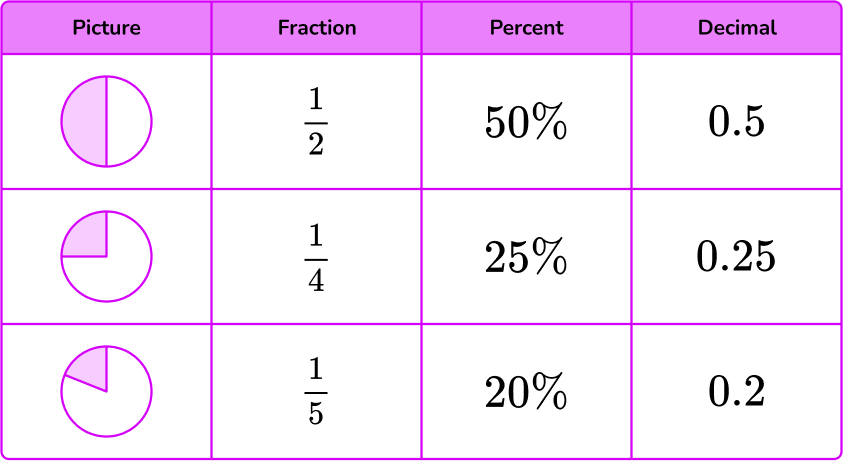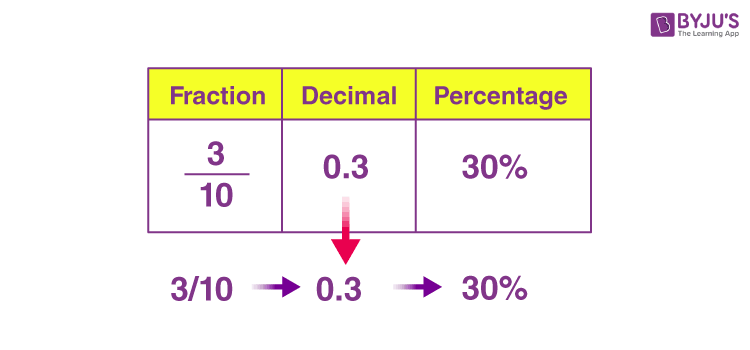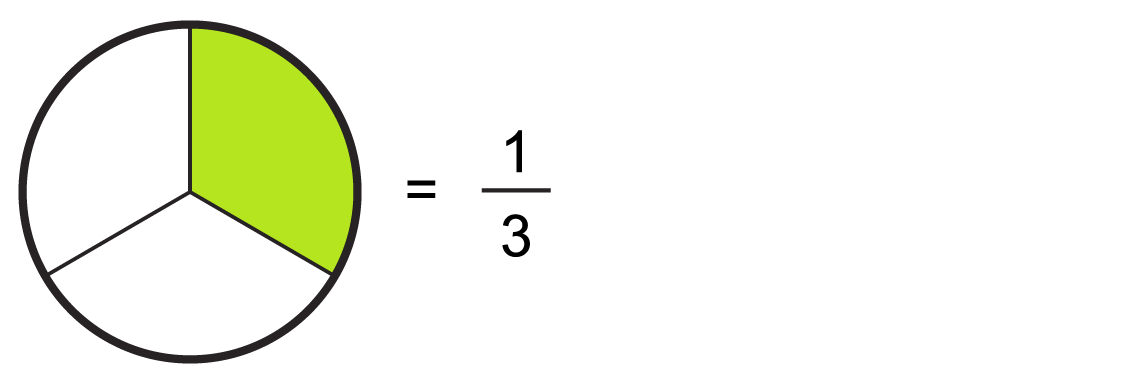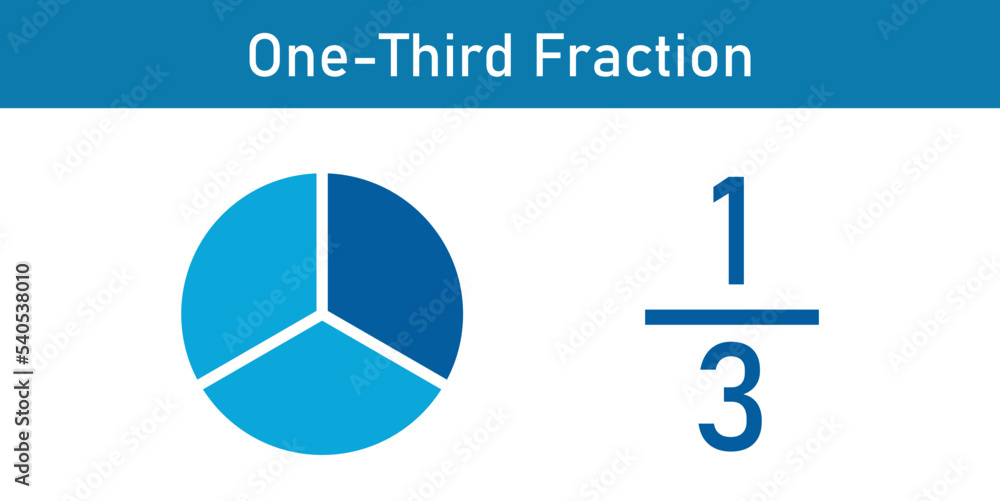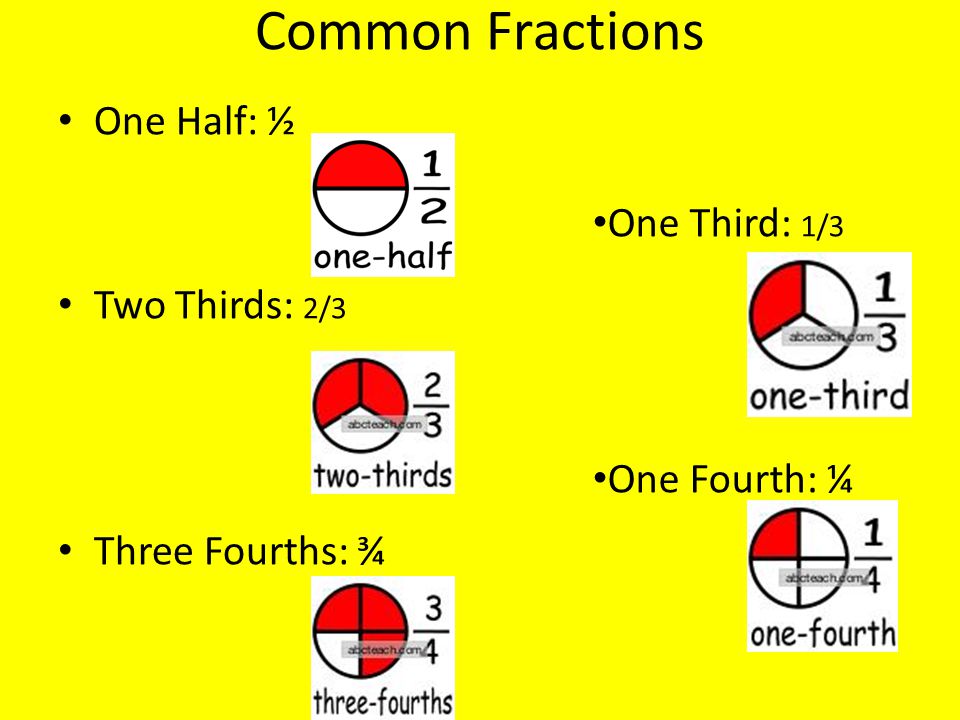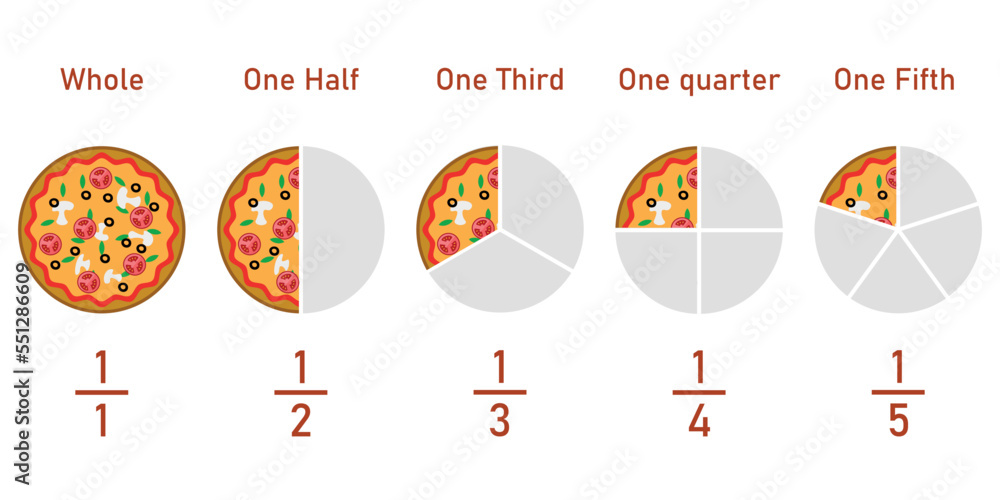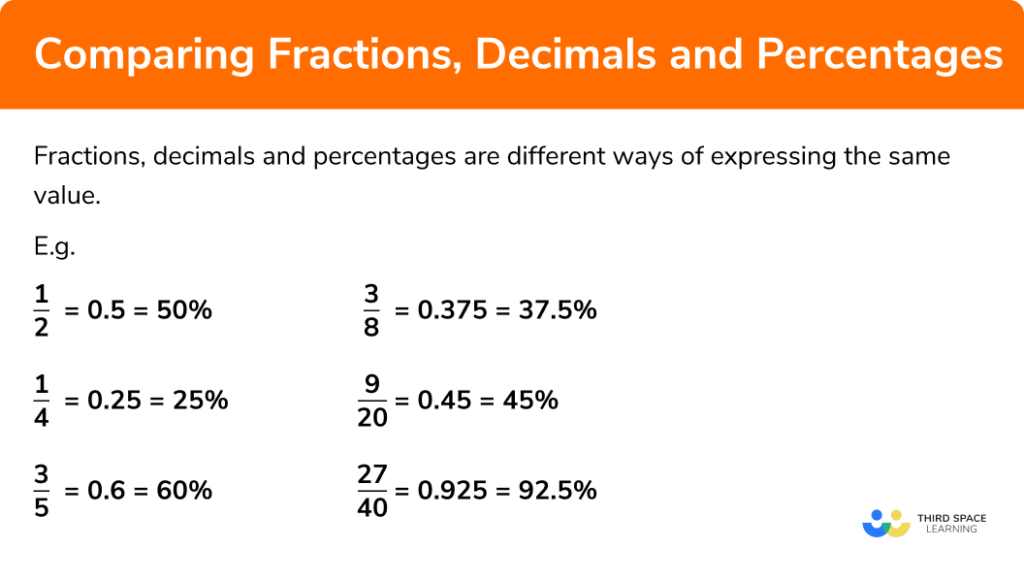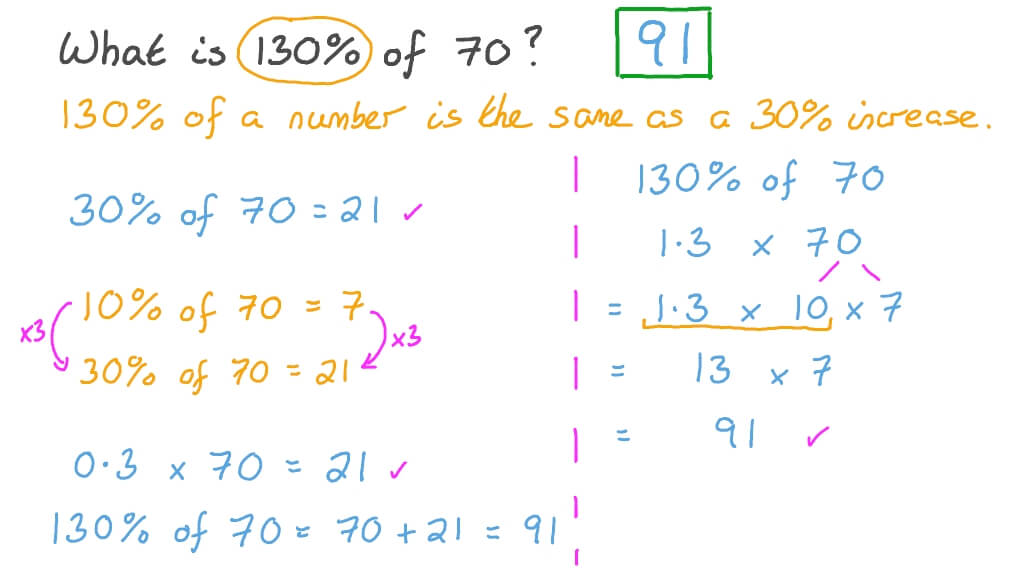One Third Is How Much Percentage
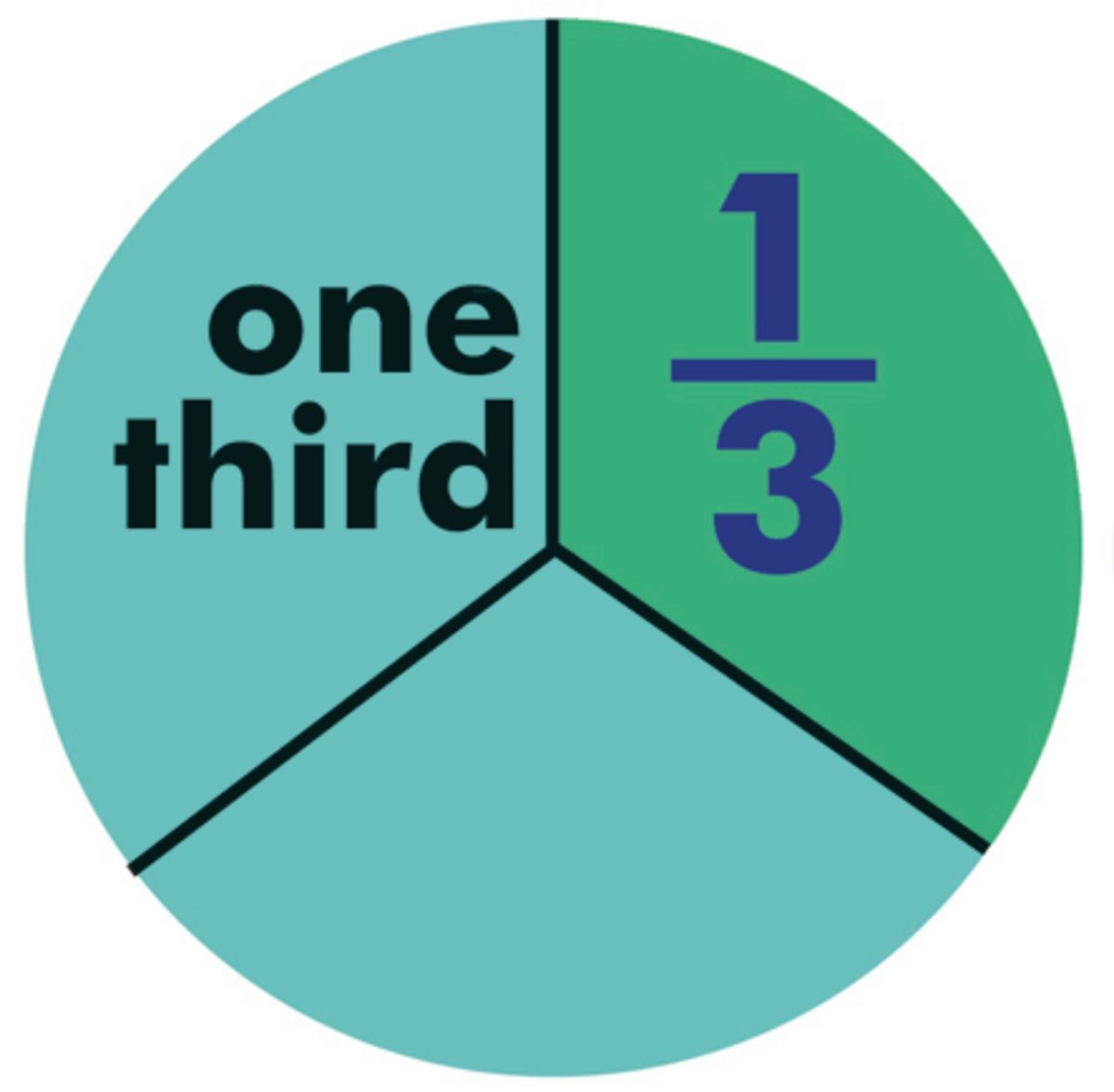
The seemingly simple question of what percentage represents one-third has sparked surprising debates and practical implications across various sectors, from finance and statistics to everyday consumer decisions. Understanding this fundamental conversion is crucial for accurate calculations and informed choices.
At its core, one-third is equivalent to 33.333...%, a repeating decimal often rounded to 33.33% or 33.3%. However, the rounding process can introduce inaccuracies, especially in scenarios requiring precision. This article delves into the nuances of this percentage conversion, exploring its real-world applications and the potential pitfalls of misinterpreting its value.
The Mathematical Foundation
Converting a fraction to a percentage involves dividing the numerator by the denominator and then multiplying the result by 100. In the case of one-third (1/3), the calculation is (1 ÷ 3) × 100. This yields the repeating decimal 33.333...%.
Mathematicians and statisticians emphasize the importance of understanding the infinite nature of this decimal. While practical applications often necessitate rounding, awareness of the potential for error is paramount.
Financial Implications
In finance, the percentage equivalent of one-third frequently arises in calculations related to profit margins, revenue sharing, and equity distribution. Accurate conversion is vital to ensure fair and transparent transactions.
For instance, if a company agrees to allocate one-third of its profits to a particular project, using a rounded percentage could lead to a discrepancy in the actual amount distributed. The smaller the amount the bigger the impact of rounding the numbers.
According to a report by the Financial Accounting Standards Board (FASB), even seemingly minor rounding errors can accumulate over time, resulting in substantial financial misstatements.
Statistical Analysis
Statistics relies heavily on percentages to represent proportions and distributions. One-third often appears in survey results, market share analyses, and demographic breakdowns.
The Pew Research Center, for example, frequently presents its findings in percentage form. When reporting that approximately one-third of respondents hold a particular view, the researchers acknowledge the inherent rounding involved.
They emphasize the importance of providing sufficient detail about sample sizes and margins of error to contextualize the reported percentages. In particular when a small sample size are being used.
Consumer Applications
Consumers encounter the one-third percentage conversion in various everyday situations, such as calculating discounts, splitting bills, and comparing product prices. Understanding the approximate percentage can aid in making informed purchasing decisions.
Imagine a sale offering a "one-third off" discount. A consumer might quickly estimate this as roughly 33% off the original price. This mental calculation helps them assess the value of the discount.
However, relying solely on rounded percentages can lead to inaccuracies when comparing prices across different retailers. Savvy shoppers often use online calculators or budgeting apps to determine the precise savings.
Potential for Misinterpretation
Despite its apparent simplicity, the conversion of one-third to a percentage is rife with opportunities for misinterpretation. The choice of rounding method and the context in which the percentage is used can significantly impact the perceived value.
A company might advertise a product as being "over 30% more effective" than its competitor, when in reality, the actual improvement is closer to one-third, or 33.33...%. This subtle difference in phrasing can be misleading to consumers.
Furthermore, in certain legal or regulatory contexts, the precise percentage representation of one-third may be crucial for compliance. Ambiguous or rounded figures could lead to legal challenges or financial penalties.
Rounding Methods
Different rounding methods can yield slightly different percentage values for one-third. The most common methods include rounding to the nearest whole number (33%), rounding to one decimal place (33.3%), and rounding to two decimal places (33.33%).
The choice of rounding method depends on the level of precision required and the specific application. In general, rounding to more decimal places provides a more accurate representation of the true value.
However, it's essential to consider the trade-off between precision and simplicity. For many everyday calculations, rounding to the nearest whole number is sufficient.
As Albert Einstein once said, "Everything should be made as simple as possible, but not simpler."
Future Considerations
As data analysis and statistical modeling become increasingly prevalent, the accurate conversion of fractions to percentages will remain a critical skill. New technologies and software tools are constantly being developed to facilitate these calculations.
Researchers are also exploring alternative methods for representing proportions and distributions, such as using ratios or confidence intervals. These approaches may offer greater precision and clarity than traditional percentage representations.
Ultimately, a solid understanding of the underlying mathematical principles and the potential limitations of percentage conversions is essential for navigating an increasingly data-driven world. The seemingly simple question, "One-third is how much percentage?" underscores the importance of mathematical literacy in all aspects of life.


